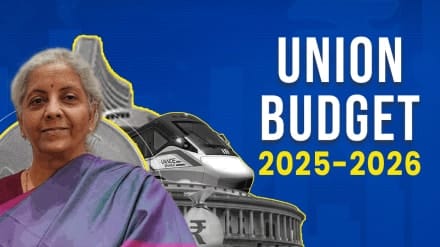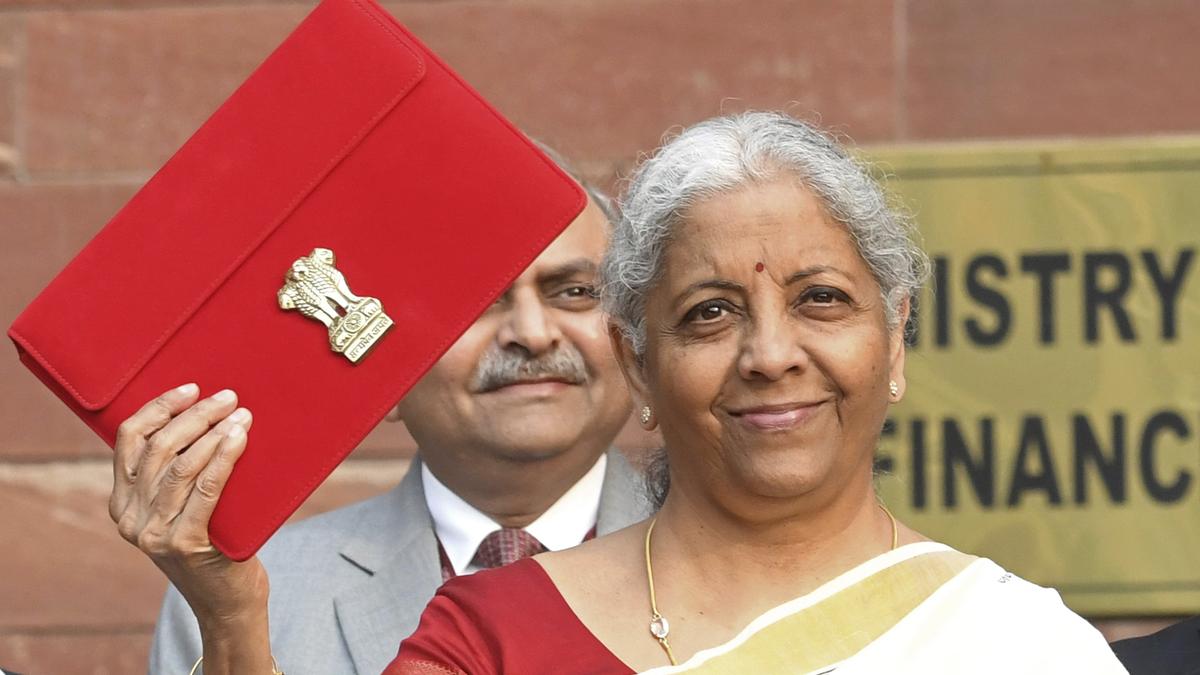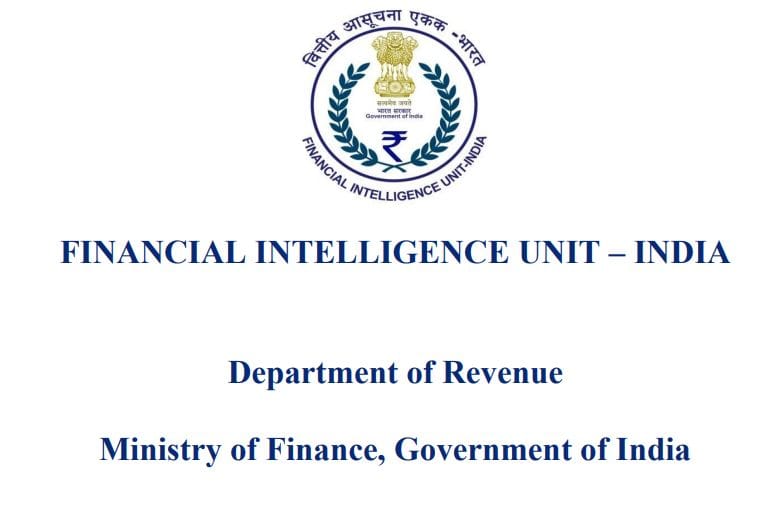Union Budget 2025
Since the Union Budget 2025 was presented by Finance Minister Nirmala Sitharaman today, the complete details will be widely shared by the media and government sources.
Below is a general outline of what the Indian budget traditionally covers, along with the expected focus areas based on trends from previous years. I’ll also mention key sectors that are usually prioritized, and I’ll update you as new information becomes available.
Complete Pdf link… click here

1. Economic Growth and Fiscal Policy
- GDP Growth: The government will provide a projection for GDP growth for the upcoming year. Key reforms may be proposed to boost economic growth in various sectors.
- Fiscal Deficit Target: The Finance Minister typically announces a target for the fiscal deficit. For 2025, this is likely to be a balance between fiscal responsibility and encouraging growth.
2. Taxation
- Income Tax: We can expect adjustments in income tax slabs, with possible relief for the middle class. Corporate taxes may also undergo reforms.
- GST: Possible revisions or simplifications of GST structures, which could include changes to rates or compliance measures.
- Capital Gains: Possible tweaks to capital gains taxes, particularly for investors and the stock market.
3. Infrastructure Development
- Roads & Railways: Continued investment in major infrastructure projects like highways, expressways, and rail modernization.
- Smart Cities and Urbanization: Government focus on making cities more sustainable, with investments in urban infrastructure and smart technology.
- Ports and Airports: Expanding and modernizing ports, airports, and logistics hubs to improve connectivity.
4. Agriculture and Rural Development
- Support for Farmers: Reforms for agricultural productivity, irrigation schemes, and support for small and medium farmers.
- Pradhan Mantri Kisan Yojana: Likely increased budget allocation for direct income support to farmers.
- Rural Infrastructure: Continued focus on rural road development, access to electricity, and internet connectivity.
5. Health and Social Welfare
- Healthcare Infrastructure: Expansion of healthcare systems, with emphasis on public health and hospital infrastructure.
- Ayushman Bharat: Expansion of health insurance schemes like Ayushman Bharat to cover more citizens.
- Women and Child Welfare: Additional schemes and funds for women empowerment, education for girls, and child welfare.
- Social Security: Enhancements to pension systems, unemployment benefits, and insurance schemes.
6. Education and Skill Development
- Higher Education: Increased funding for universities, research institutions, and vocational training programs.
- School Education: Greater focus on improving basic education infrastructure and teacher training.
- Skill Development Programs: More emphasis on technical skills, digital literacy, and youth employability.
7. Technology and Innovation
- Digital Economy: Investments in the digital infrastructure of India, including 5G rollout and cybersecurity.
- Artificial Intelligence and Startups: New policies to foster AI research and tech startups. There may also be incentives for R&D in emerging technologies.
- Digital Literacy: Expanding digital literacy programs to rural and semi-urban areas.
8. Environment and Climate Change
- Green Energy: Budget allocation for renewable energy initiatives, such as solar power, wind energy, and electric vehicles.
- Carbon Neutrality: Continued plans to achieve net-zero carbon emissions by a specified date, with fiscal incentives for green businesses.
- Waste Management: Investment in sustainable waste management systems, particularly in urban areas.
9. Defense and Security
- Modernization of Armed Forces: Allocations for procurement of new technologies, aircraft, and weaponry.
- Cybersecurity: Strengthening of India’s cybersecurity infrastructure and investment in protecting critical sectors from cyber threats.
- Border Security: Ensuring continued funding for border security, especially in areas like Jammu & Kashmir and along India’s eastern and northern borders.
10. Finance and Banking
- Financial Inclusion: Measures to improve financial access for underserved sections, including rural populations.
- Public Sector Banks: Reforms or consolidation in public-sector banking, with possibly more privatization efforts for certain banks.
- Ease of Doing Business: Streamlining processes for businesses, particularly in the SME sector, to help them access credit and improve business conditions.
11. Disinvestment and Privatization
- Public Sector Enterprises: The government is likely to continue its disinvestment process by selling stakes in public sector companies and increasing privatization.
- Strategic Sectors: Proposals for major changes in sectors such as telecom, defense, and transport could be on the table.
12. Tourism and Hospitality
- Tourism Promotion: Increased budget allocation to promote India as a global tourist destination, especially with post-COVID recovery.
- Cultural Heritage and Infrastructure: Restoration projects for heritage sites and increased investment in tourism infrastructure.
For any query and complaint, click here.






